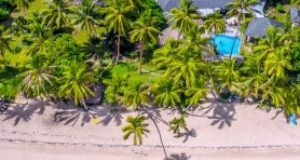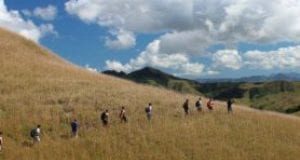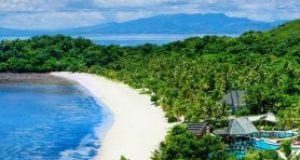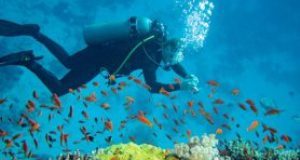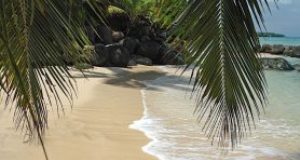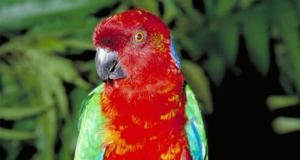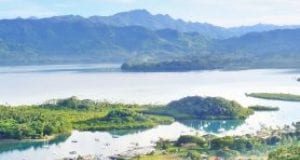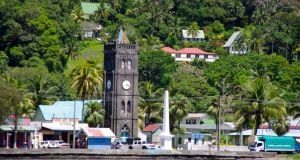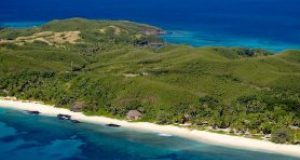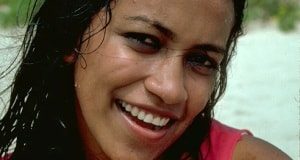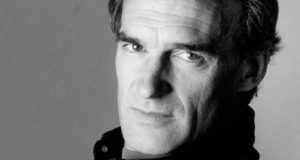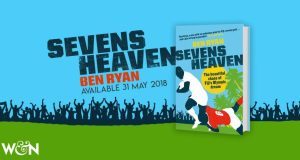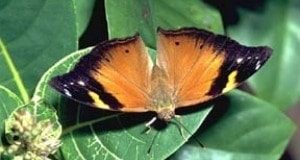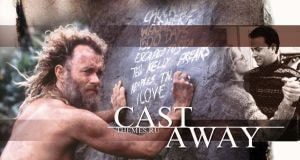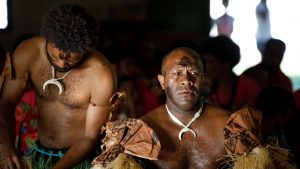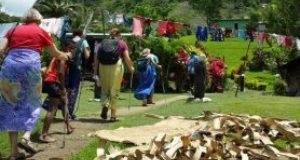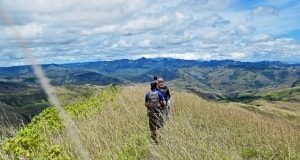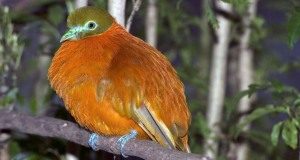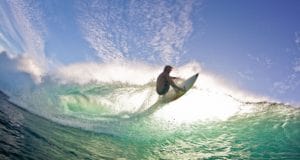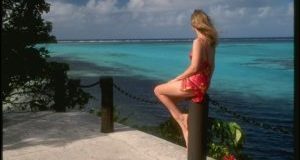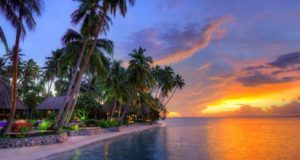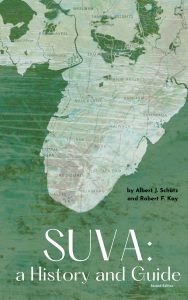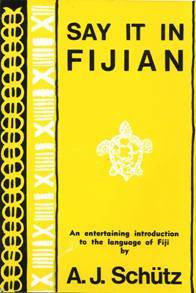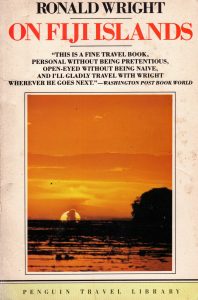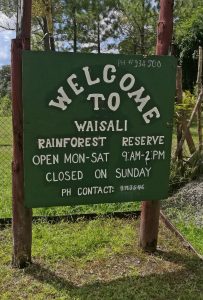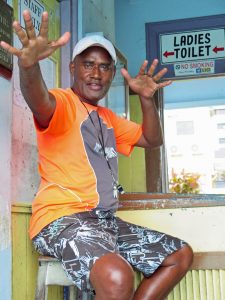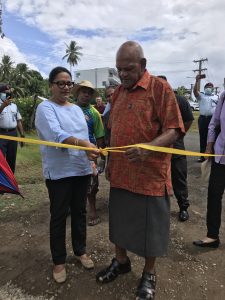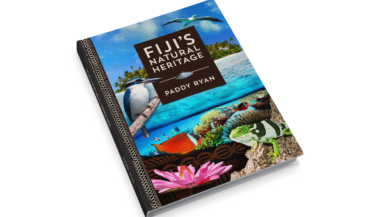On December 15 the Los Angeles County Museum of Art (LACMA) launched Fiji: Art & Life in the Pacific, the most comprehensive array of Fijian art ever mounted in the U.S. The exhibit will run until July 20, 2020. The Fiji art show at LACMA features over 280 artworks drawn from major international collections, including the Fiji Museum, British Museum, Museum of Archaeology and Anthropology (Cambridge), the Smithsonian, and distinguished private collections.
It includes figurative sculpture, ritual kava bowls, pearl shell and whale ivory breastplates, large-scale masi, small portable temples, weapons, and European paintings. It also showcases historical photographs from LACMA’s recently acquired Blackburn Collection, as well as a newly commissioned 26-foot double-hulled sailing canoe (drua) constructed in Fiji using traditional materials and techniques.
In short, this is a seminal event for Fiji and for LACMA, a world-class museum. The event was attended by Prime Minister Frank Banimarama and the Fijian expat community living in Southern California.
The show is sponsored by FIJI Water, Fiji Airways, Tourism Fiji, the Ethnic Art Council of Los Angeles, and the ATADA Foundation.
I had the opportunity to interview the curator of the exhibit, Nancy Thomas, to better understand its significance
*********************

Q: In your press release on Fiji: Art & Life in the Pacific, you say it’s the first substantial project on the art of Fiji to be mounted in the U.S. How do you define “substantial”? What makes the show so significant? Is it the collection’s size? quality? rarity?
A: It’s actually all of these things. There has not been a large exhibition focusing specifically on Fiji in the United States. The 280 works are of the highest quality with essential loans from some of the most important holdings in the world.
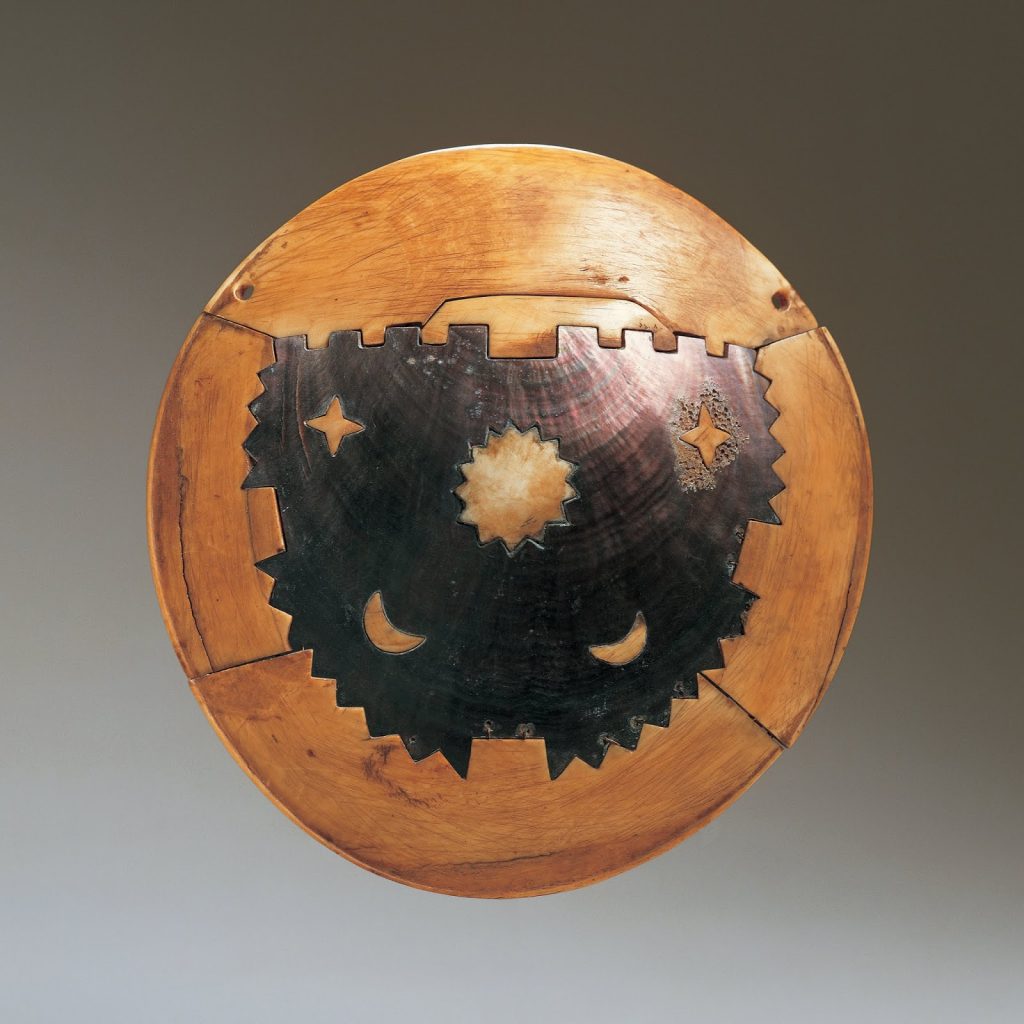
Q: Why is it the first major Fiji exhibition in this country? Don’t some American institutions such as the Smithsonian have a great deal of Fijian artworks?
A: They do, but there is not enough breadth within one institution to mount an exhibition as comprehensive as this one. The Fiji Museum is one of the few museums in the Pacific to retain significant holdings. Collections at other museums, such as the Cambridge Museum of Anthropology and Archaeology, the British Museum, the Smithsonian and others have well-documented historic pieces. The Peabody Essex Museum also benefited from the gifts of traveling whalers who traded for objects during the 19th century and later donated them to the museum in Salem.
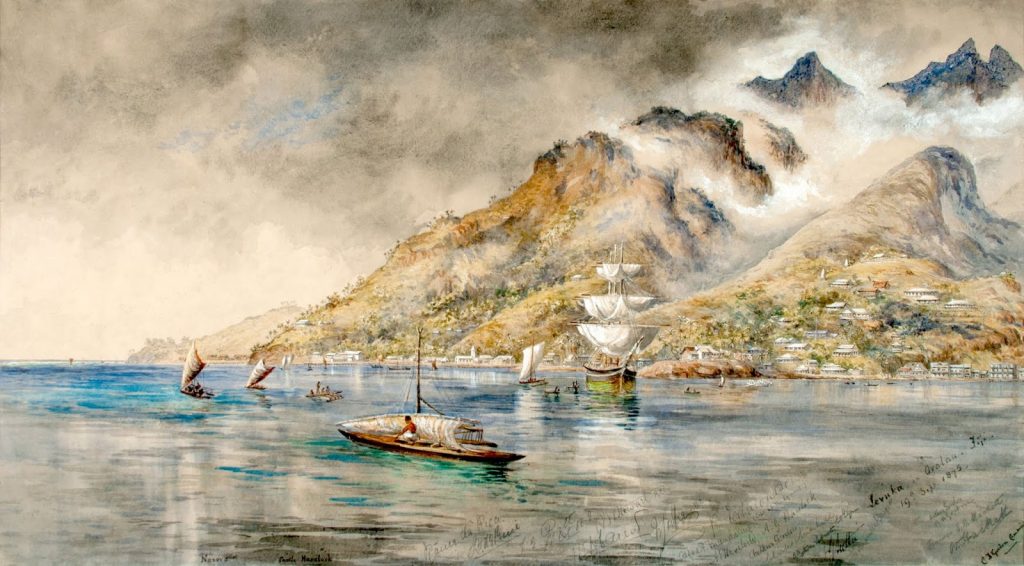
Q: How did these artworks end up at institutions such as British Museum or the Smithsonian? What were the conditions under which they were collected? Were they collected during periods of internal warfare, or under more peaceful circumstances, such as trading connected with sandalwood and/or whaling?
A: Most of the acquisitions were collected under more peaceful circumstances. For example, the very impressive Tanoa (yaqona bowl) from the British Museum was given to Sir William Wiseman of the HMS Curacao in July 1865 by Cakobau at a time when Fiji was negotiating to become part of the British Empire. This gift was part of a cultivation of an alliance with Britain that was believed to serve Fijian interests. Works in the Smithsonian were collected in 1840 during the US Exploring Expedition commanded by Charles Wilkes. There was a collecting surge in Fiji propelled by the interest of colonial government officials during the mid-19th century. This ultimately benefited both the Fiji Museum and collections in England.
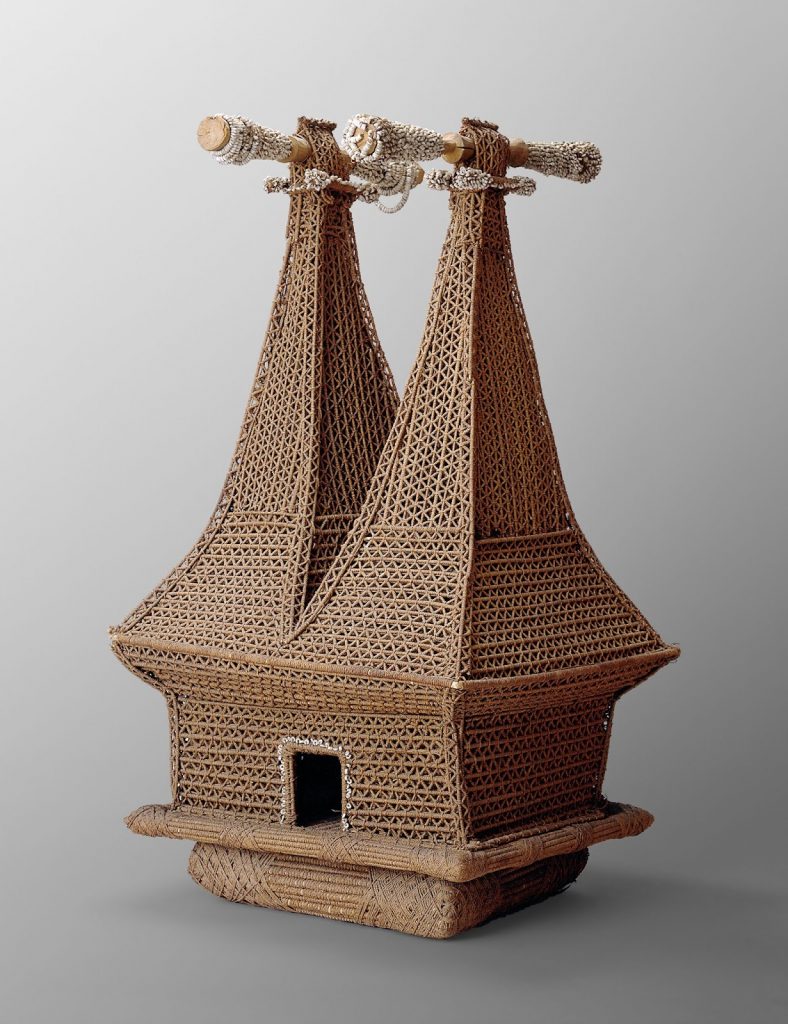
Q: What was the genesis of this project? Who put it together and why? What criteria were used to choose the artworks?
A: This project can be traced back to the early interest in Polynesia and the collecting of objects by James Thomas Hooper (1897-1971). He had never traveled in the Pacific but amassed enough of a collection from local sources in Europe to open his own museum in Sussex, England. His grandson, Steven Hooper shared his enthusiasm, but took it many steps further, completing his doctorate in social anthropology at the University of Cambridge after conducting field work in ‘Fiji.
He lived in a remote section of Fiji, on Kabara Island for several years, mastering the Fijian language. Steven Hooper working as director and professor at the Sainsbury Research Unit at the University of East Anglia, developed several exhibitions on Polynesia and led the Polynesian Visual Arts Project from 2003-6. He spent multiple years developing this exhibition with the assistance of co-curators, Karen Jacobson and Katrina Igglesden.

Fiji: Art & Life in the Pacific opened at the Sainsbury Centre in Norwich, Engine where it was on view from October 15, 2016 – February 12, 2017. I was told by a friend and collector, Mark Blackburn of Honolulu, that there wa s no plan for the exhibition to travel, but that the organizers were open to reconstituting the exhibition and sending it to LACMA.
We booked the exhibition into first available space (December 15, 2019-July 19, 2020) and were able A add major loans from the Smithsonian, the Peabody Essex Museum, and private lenders Mark and Carolyn Blackburn and Will and Celeste Hughes and others. We were able to negotiate a very full presentation, with over 280 works. Regarding the selection of artworks, the main criteria was to find the most accomplished works in all areas of artistic production of Fiji. As a result, there are many well-documented objects, largely collected during the mid-19th century.

Q: The press release mentions that LACMA recently acquired the Blackburn Collection of historical photographs, which will be part of the show. Can you tell me about this collection and its importance? What is the range of dates for the photographs?
A: The Mark and Carolyn collection of Pacific photography consists of over 7,000 original photographs, glass-plate slides, carte de visites, and photographic albums. In addition, it also contains over 5,000 postcards from Polynesia, many formatted with original photographs. Most of the photographs are from the 1870s through 1910, but the collection does include some major prints by contemporary artists such as Yuki Kihara, Fiona Pardington, Lisa Rihanna, Phil Jung and E.Y. Yanagi. Twenty-two photographs of Fiji were selected and framed for the exhibition and are also used as large-scale projections within the exhibition. LACMA has undertaken a major project to accession, rehouse, and document the photographs, with the plan of making them accessible to a wider audience on the museum website within the next year.

Q: Who is sponsoring the show?
A: The sponsors are FIJI Water, Fiji Airways, Tourism Fiji, the Ethnic Art Council of Los Angeles, and the ATADA Foundation.
Q: Given Fiji’s connection with Great Britain and the Commonwealth, Americans are not as familiar with it. What impact do you think this show might have on America’s interest in Fiji’s history and culture? Were any of the artifacts collected during the major American exploration, the Wilkes Expedition?
A: I’m hoping the exhibition will bring a new dimensionality to the subject of Fiji. Most Americans are not aware of its multi-island geography or material culture. Fiji is an obvious destination for people in the Western US, with easy direct flights from various cities. The Wilkes Expedition is well-represented in the exhibition, with two elaborate human-hair wigs (ulumate) and one of two-known examples of a human-hair mask (matavulo), three fiber skirts (liku) and several other intriguing objects.

Q: Were full details of the provenance gathered by the original collectors, or did they have to be supplemented by current experts?
A: Some details of provenance were transmitted as works were collected, although additional research was needed to sort out details and complete the historical records.




